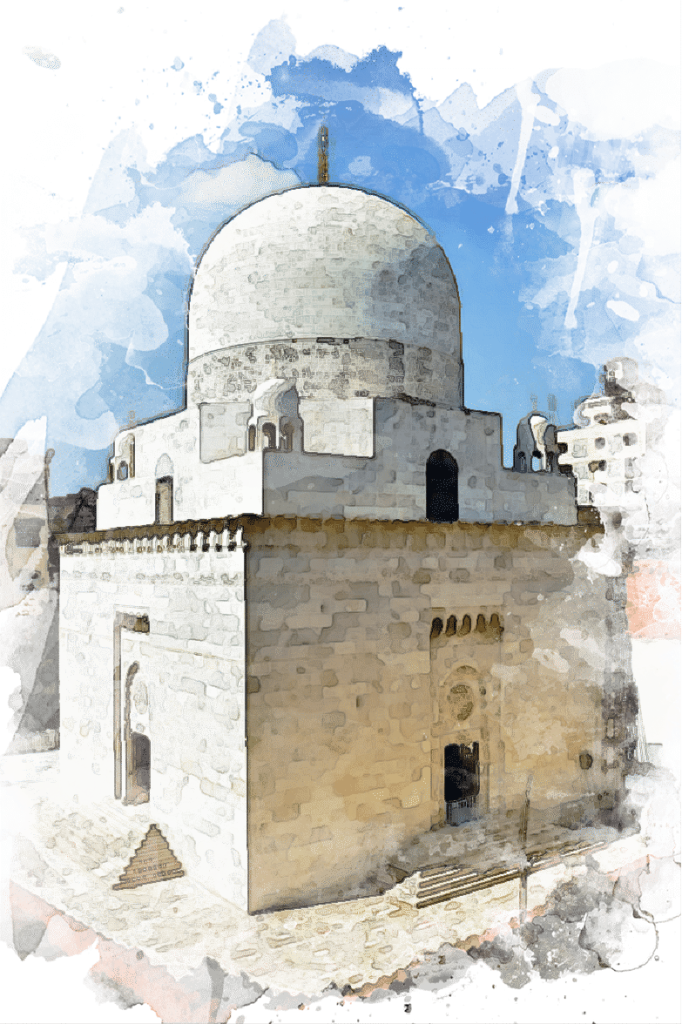‘Raudat’ means garden while ‘Tahera’ means pure. Raudat Tahera is a white marble mausoleum that houses the tombs of two spiritual leaders of the Dawoodi Bohras, Taher Saifuddin and his son and successor Mohammed Burhanuddin, the 51st and 52nd Dāʿī al-Mutlaqs of the Dawoodi Bohra Ismaili Shia Muslims[1]. Opened in 1975, this Dawoodi Bohras holy site is the only one in the world to have the entire Quran engraved on its walls, in gold.
This white-marbled Fatemi shrine is located in the midst of Bhendi Bazaar, in central Mumbai. The marble used in the mausoleum was quarried from where the marble for Taj Mahal was quarried.
Raudat Tahera is a simple, elegant structure resembling Fatimi architecture used by the Fatimi imams in Cairo. But there are many intricacies in building this structure.
For example, the inner height of the mausoleum is 80 ft above the plinth, which signifies the age of Syedna Taher Saifuddin when he passed away.
The sanctum of the mausoleum measures 51×51 ft, which symbolizes his position as the 51st spiritual leader.
What gives the Roza a unique place of honor among people is the inscription of the entire Holy Quran within the walls. The complete Quran is inscribed in gold on 772 marble slabs 3×2 feet each and pasted in the inner walls of the Roza.
All the Bismillah’s before the start of Surahs have been engraved and adorned with rubies, emeralds, Diamonds and Pearls.
The Holy Quran inscription has been done in such a way that all the Entrance Doors to the Roza have a Bismillah coming.
This Dawoodi Bohras holy site has a daily footfall of nearly 10,000 people. Located in a congested lane in Bhendi Bazaar, the mausoleum is vulnerable to pollution from vehicular emissions, heavy construction activity all around and the infamous Mumbai humidity. But a team of architects, engineers and community volunteers have dedicated themselves to maintaining and monitoring it for structural damage.
A large canopy made of a special seamless fabric is put up to protect the mausoleum from pollution. They also have charted a detailed plan which involves weekly, monthly, and yearly procedures to maintain the interiors and exteriors of the mausoleum.
Raudat Tahera has a daily footfall of nearly 10,000 people. Although people do not wear shoes in the complex, their constant flow, besides the moving around of things exposes the marble to stains and scratches, and it has to be polished every two years. But beyond the routine, is a belief that keeps the volunteers going. ‘Raudat Tahera is a sacred and pious place for us,’ said a community member who has volunteered for cleaning as well as managing the crowd. ‘Most of us render our services at the mausoleum as it brings us inner peace.’
Source: www.thedawoodibohras.com
[1] Mustafa Abdulhussein (27 September 2001). Al-Dai Al-Fatimi, Syedna Mohammed Burhanuddin: an illustrated biography
